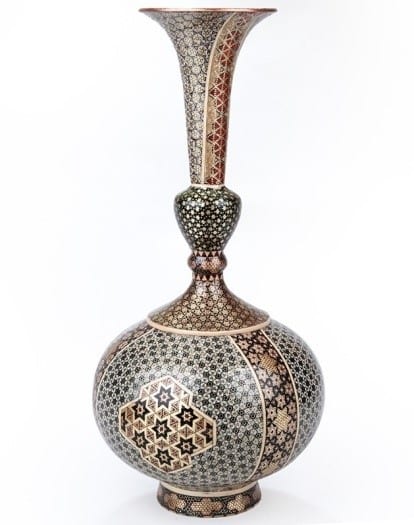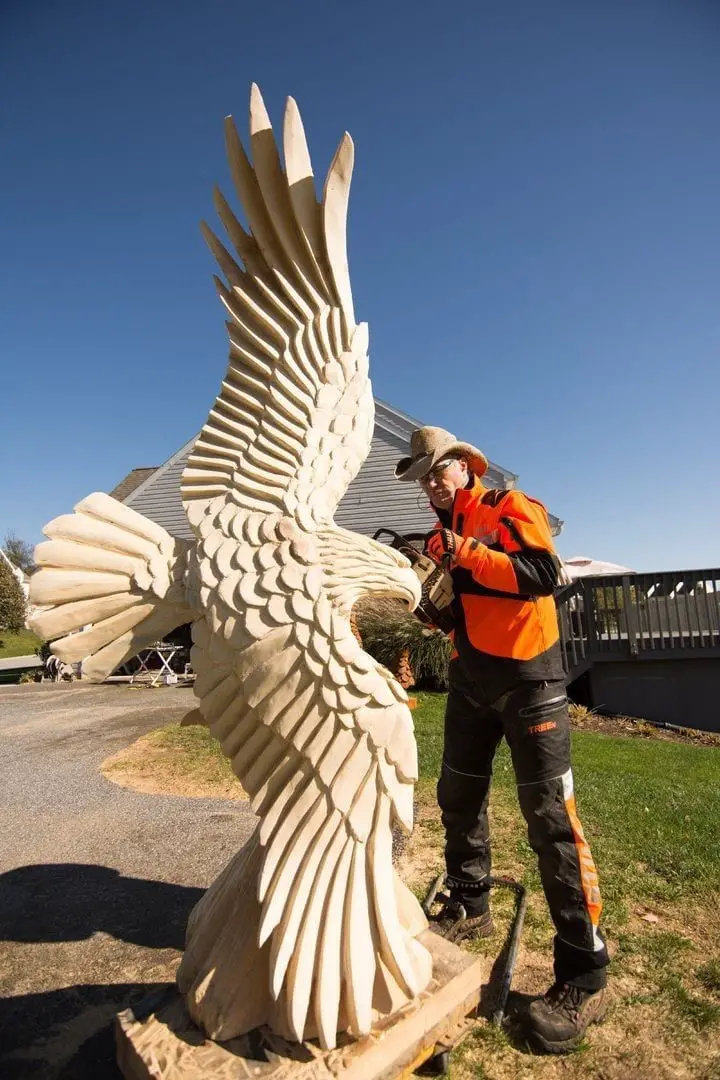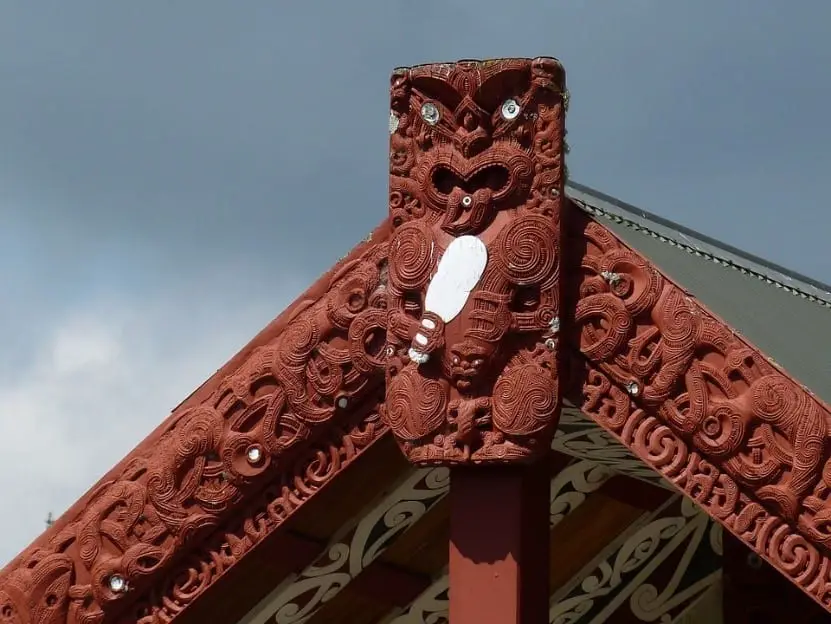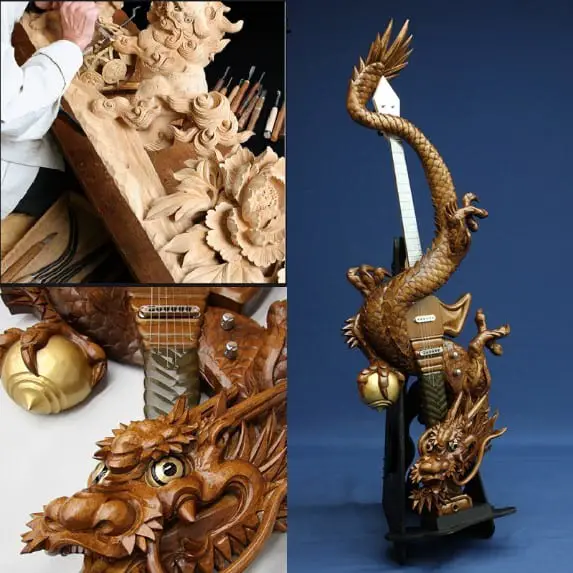The human civilization highly benefits from wood, from household use, for creating decorative pieces, art crafts, to building houses and supporting various industries. Woodworking can be considered an art and a science that our ancestors have discovered, honed, and developed from basic or simple tools to complex and large masterpieces, such as canoes, shelters, and life-size sculptures.
In every country, there’s a history behind every wood carving technique and wood art craft. Some of the most notable ancient cultures that utilized wood as part of their culture and tradition include the Egyptians, Romans, Greeks, and Chinese.
How do you want to learn these ancient influencers and contributors to the modern woodworking we all enjoy and appreciate today? Let’s get started!
Humble Beginnings of Woodworking
Archaeologists have discovered digging sticks and a wooden club at the Kalambo Falls found on the Kalambo River, which is the border of Tanzania and Zambia. Yes, primitive people used wood to create simple tools, hunting and fishing tools, and primitive weapons to defend their tribe.

Kalambo Falls, Zambia – Image Source
For many centuries, human beings have been using wood to survive. As the woodworking skills of man became more advanced, he became a better hunter, a more productive farmer, and the builder of all times. Woodworking plays a vital role in the progress of different civilizations.
Video by: Woodworking Enthusiasts- Woodworking, The Oldest Ancient Hand Tools Still Available
Many people believe that since the existence of man, he immediately learned to use wood as a means of fulfilling his everyday duties, from hunting food and preparing meals, to using it as a weapon to protect himself from wild beasts of the forest and invaders of the land. The man used twigs and branches to build a shelter for his family and domestic animals.
It is good to know how woodworking started from scratch, so let’s learn some of the different woodworking cultures and their influence on civilization.

Antique Primitive Tools – Image Source
Genesis: Bible Account on Ancient Woodworkers
You’re probably familiar with the famous children’s favorite bible section, the Book of Genesis. Noah is one of the most popular woodworkers of all times because he contributed to the divine master plan of God for humankind.
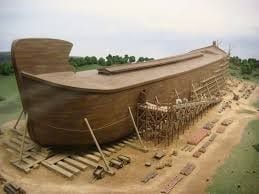
Noah’s Ark Resemblance – Image Source
Noah is known for his fulfillment of the “ark” that was made of cypress wood which was all coated with pitch. Noah’s ark has precise dimensions (300 L X 50 W X 30 H cubits or 450 L X 75 W X 45 H), like a 4-story building.
Noah is so blessed to possess such impressive woodworking skills! The Bible is proof of evidence that woodworking started since man ever existed.
In the Hebrew Bible, Solomon imported Phoenician artisans from Tyre, a coastal city, to build his temple as written in Kings 5:1. Phoenicians are famous for their intricate woodworks. They make furniture and inlay them with ivory carvings.
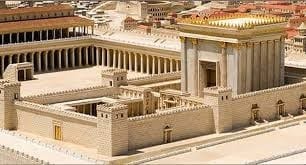
Solomon Temple in Jerusalem – Image Source
The woodworking skills of the Israelites have improved as the years passed. In Isaiah 44:13, the Israelites became more involved in carpentry and the carpenters were among the Israelites who were exiled to Babylon, right after the Babylonians have invaded Jerusalem in 597 B.C. based on the account stated in Jeremiah 24:1; 29:2.
In the Biblical world, Lebanese cedar was imported from Lebanon because of its pleasant scent, resistance to insects and rot, and high-quality. In fact, Solomon’s temple was made from this wood, as well as many palaces and seagoing vessels. It is also believed that Lebanese cedar was also used in constructing the boat were Jesus and his disciples have used to fish and cross the Sea of Galilee in the first century A.D.

Cedar of Lebanon – Image Source
Two brothers have discovered a similar boat in the Sea of Galilee’s northwestern shore after a tremendous drought that lowered the water level. It is believed that the boat was constructed between 100 B.C. and 100 A.D based on the types of nails and construction. It measures 27 feet long and 7 feet wide which was the first boat ever found in the Sea of Galilee that was near-complete.
Our ancient ancestors were really amazing in woodworking! We appreciate the passion they devoted to creating such magnificent creations.
Great Woodworking Contributions of Ancient Egyptians
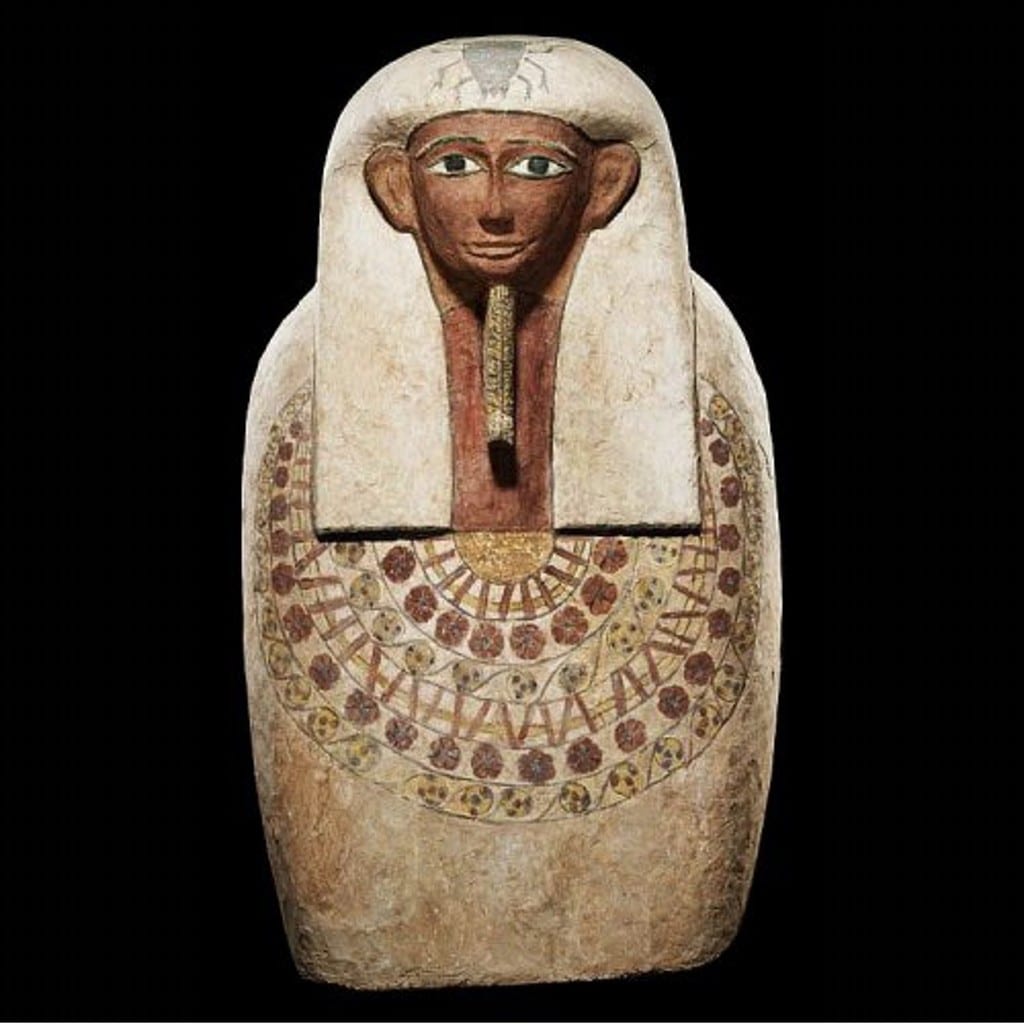
Egyptian Sacrophagi – Image Source
As evident on ancient Egyptian drawings, as early as 2000 B.C., wood furnishings already existed. Ancient Egyptians built chairs, stools, beds, tables, and chests out of wood. There were also pieces of physical evidence of wooden objects found well-preserved in Egyptian tombs because of the dry climate, and some “sarcophagi” or coffins were found in the tombs crafted from wood.
Video by Scorpion Master- Ancient Egyptian Woodworking
The ancient Egyptians obtained wood from native acacias, tamarisk, and local sycamore trees. However, in the Second Dynasty, deforestation in the Nile Valley prompted them to import cedar, boxwood, oak, and Aleppo pine from the Middle East. Ebony was also imported from the Egyptian colonies to construct items that went into ancient tombs like inlaid wooden chests.
In fact, Egyptians have invented the art of veneering or the practice of gluing thin wood slices together. The earliest account of veneering was found in the tomb of Semerkhet which is believed to be 5,000 years old. Pharaohs were buried with wooden objects having ivory inlays and African ebony veneer.
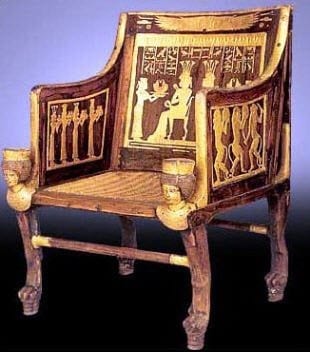
The History of Wood Veneer – Image Source
Egyptologists have discovered the oldest piece of plywood in the world found in a third dynasty coffin. The old plywood was made of six layers of wood which were four millimeters thick and were held together using wooden pegs.
Just imagine the time and devotion that primitive Egyptians implemented to show respect for their dead loved ones, all were fruits of manual woodworking.
Egyptians were also the first to “finish” or “varnish” their woodwork. Varnishing is the art of applying a protective sealant on wood surfaces to preserve and prolong its lifespan. Axes, chisels, adzes, bow drills, and pull saws were used by ancient Egyptian woodworkers.

Ancient Egyptian Hieroglyphs – Image Source
During the circa 3100 B.C. or the earliest pre-dynastic period at the time of the first Egyptian pharaoh, mortise and tenon joints were used to join pieces of wood. To strengthen wood joints, pegs, dowels, and cord lashings were used. In the New Kingdom period, from 1570 to 1069 B.C., animal glue was first used.

Animal Glue – Image Source
Ancient Egyptian woodworkers regularly practiced their craft and developed techniques that became more advanced and benefited future generations. Modern-day people owe so much from the ancient Egyptians because they have contributed a lot to woodworking.
Greek Carpentry as Form of Art
Ancient Greece was a time of the great enlightenment. The Greeks refined the Egyptian elements and focused on arts and sciences. Master Carpenters came from the lower classes or poor freemen referred to as “Thetes” and sad to say, some were treated as slaves to erect structures and buildings.
Greek carpenters built the earliest temple structures that were made of wood and they were later rebuilt made of stone through “petrification”. The Greek carpenters have also developed the wooden timber truss which is similar to a king’s truss which was used on a few temples.
Doors were like modern doors but the support was made of a hardwood cylinder, not hinges, which is larger and longer. Greek carpentry was coded in three great styles, including the Doric, the Ionic, and the Corinthian.
In Greek mythology, Athena was known as the Goddess of Wisdom, as well as the goddess of carpentry. Carpenters, woodcutters, shipbuilders, and chariot builders benefit from her protection. She cherished Tekton, a carpenter, who was the son the Adjuster, Harmon.

Athena Goddess of Wisdom – Image Source
Tekton constructed different wood masterpieces, including the ship that brought Helen to Troy. Athena is believed to intervene at all stages of woodworking, like when she directed the construction of the Argonauts’ ship. She also taught Argos, a carpenter, the art of measuring wood lengths using a ruler.
It is so fascinating to learn the association of Greek mythology to the actual Greek arts and woodworks. It is a representation of how dedicated Greeks are in arts and the field of woodworking. Hail the gods and goddesses who support and guide Greek woodworkers!
Unleashing Early Chinese Woodworking
Around 720 B.C., woodworking started to influence the Chinese civilization. The Chinese have developed precise measurements for making pieces of furniture and other sophisticated woodworking applications.
Lu Ban was a famous Chinese carpenter who was one of the woodworking originators of the country. He has brought the chalk line, the plane, and other woodworking tools to China. In fact, his woodworking teachings were compiled in the “Manuscript of Lu Ban”.
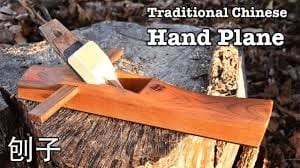
Traditional Chinese Hand Plane – Image Source
The Lu Ban Jing book documented his works as a carpenter. It contained the dimensions and descriptions needed for building different objects, like tables, flower pots, and altars.
He also provided specific instructions about the concept of Feng Shui or “wind and water”, which is an ancient Chinese practice of positioning objects, like fixtures and furniture, in strategic locations to stimulate prosperity, happiness, good health, and optimal wellness.
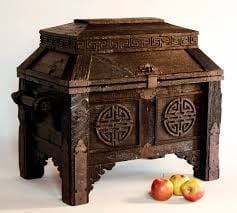
Chinese Woodworking – Image Source
However, the books don’t mention anything about Chinese famous nail-less and glueless joinery. Indeed, China is one of the greatest woodworking influencers of the world because of their impeccable woodworking skills and contributions.
Unveiling Japanese Success in Woodworking
Japanese woodworkers are known for their fitted joint mastery and their skills of not using any electric glue, nails or electric equipment to hold wood pieces together. This woodworking style originated in Japan.
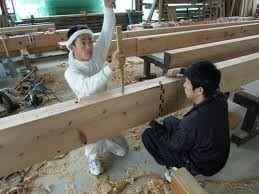
Japanese Carpenters – Image Source
The “cooperage” or making of casks and barrels and casks, as well as bentwood works (artificially shaped wood for furniture making), became popular in Japan as daily household objects.
The country is famous and successful in woodworking because they have developed high-carbon steel tools and high-quality blades that made Japanese woodworkers leaders in wood carving and crafting curved and round objects.
Video by Bored Panda Art – Traditional Japanese Joinery Techniques
Japanese woodworkers are indeed talented! The Japanese sculpture techniques brought Japan to the pedestal and the best woodworking practices spread in Southeast Asia.
The Bottom Line
Woodworking has transformed our lives from ancient times up to this modern age. We have learned how primitive people used wood for them to sustain their daily needs, protect themselves from wild animals and enemies, and build shelters for their families.
We highly recognize and appreciate the relentless efforts of carpenters and woodworkers who have shared, influenced, and contributed different woodworking techniques so we can enjoy the greatest benefits of wood, from simple tools and equipment to sophisticated artworks and high-rise buildings.
The history of woodworking is truly amazing and inspiring, and up to this day, preserved wood pieces are displayed in national museums, as legacy and reminder of our ancestors’ culture and tradition passed to us and the future generations.



